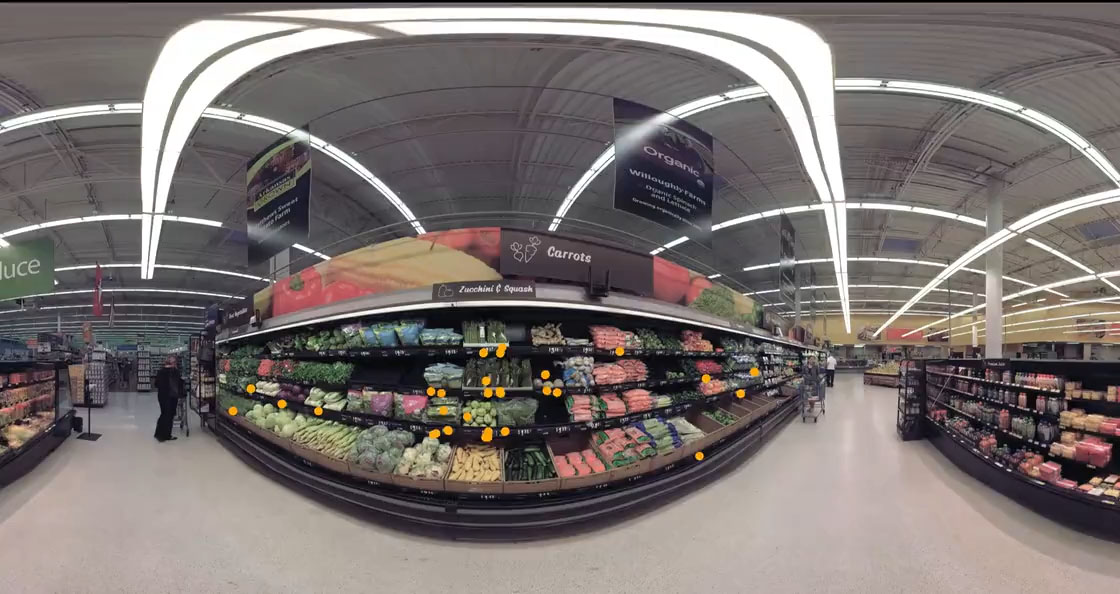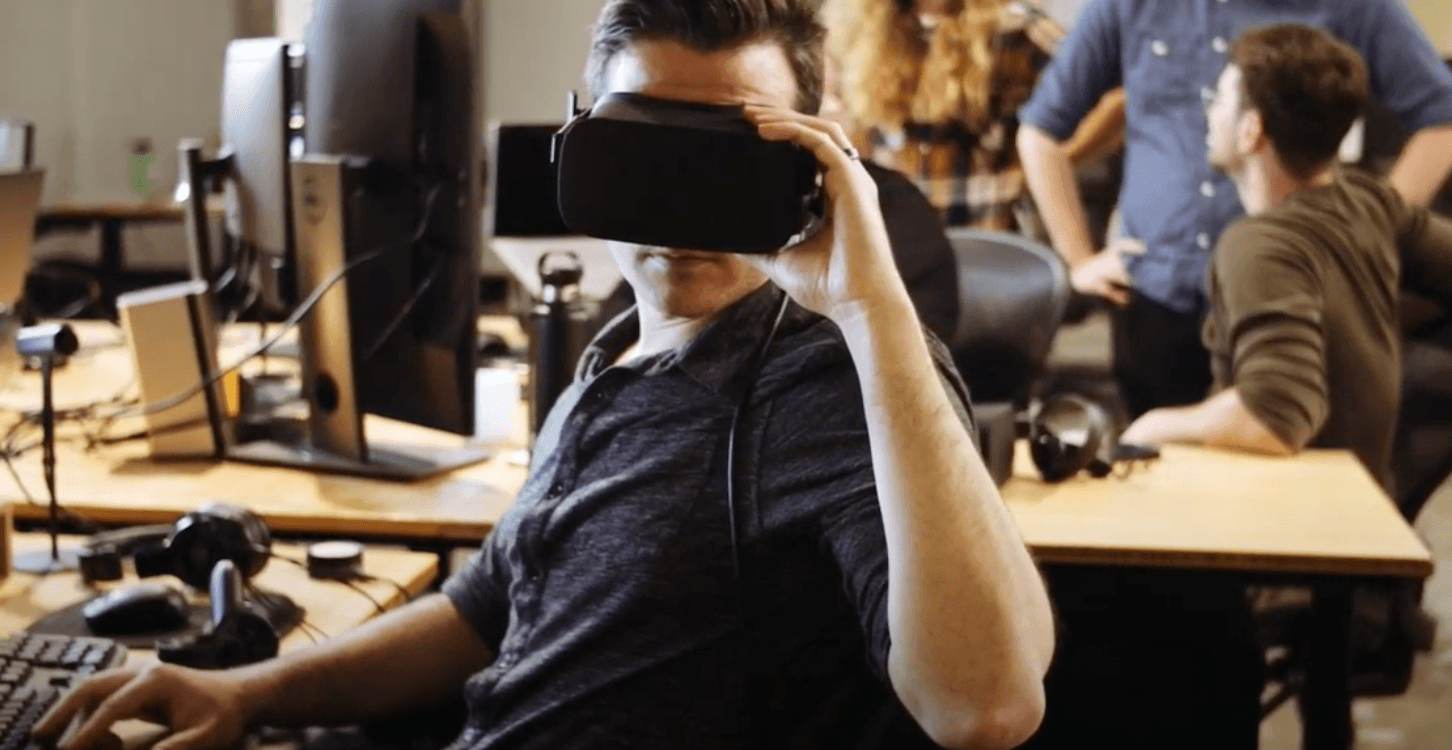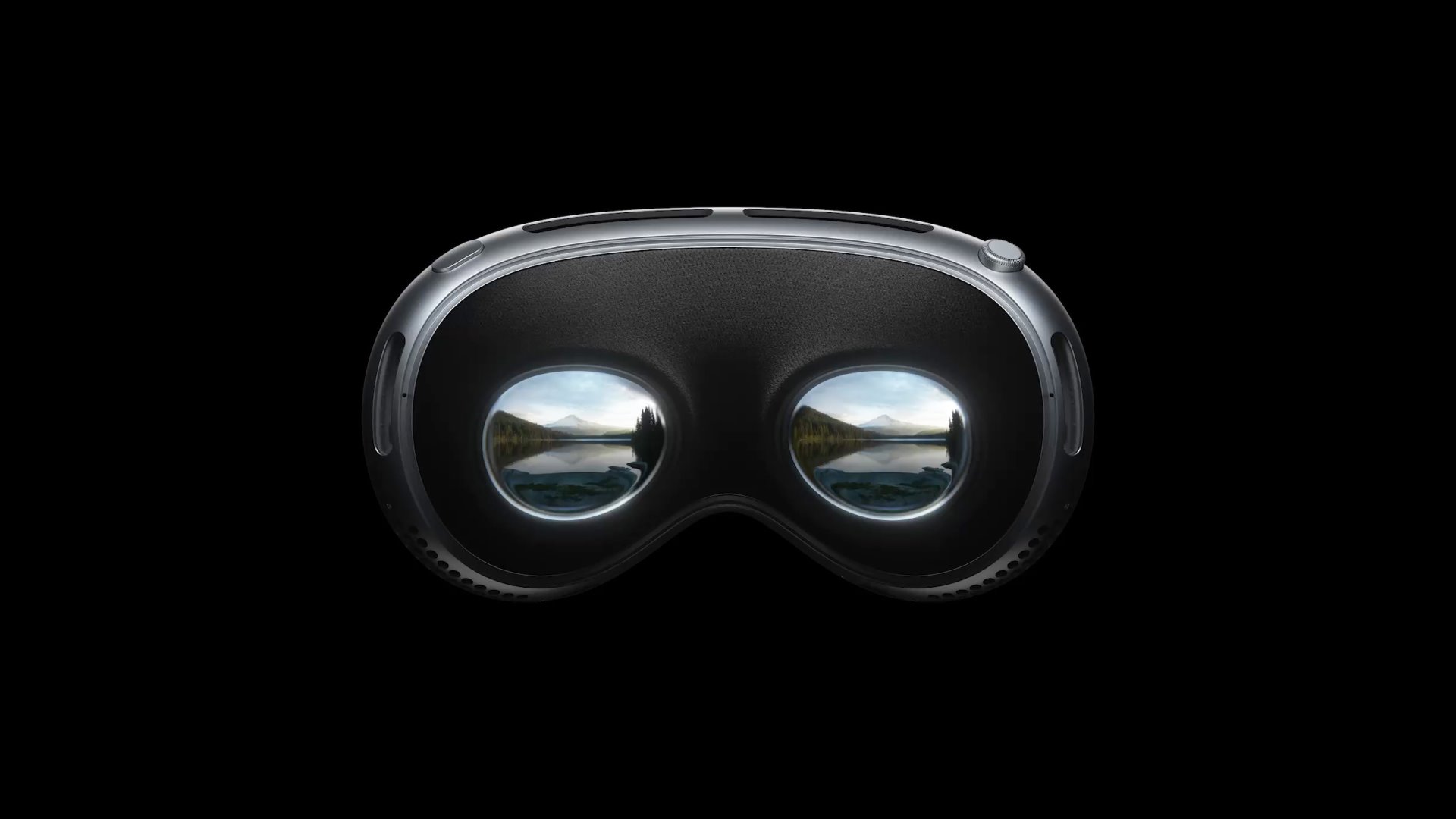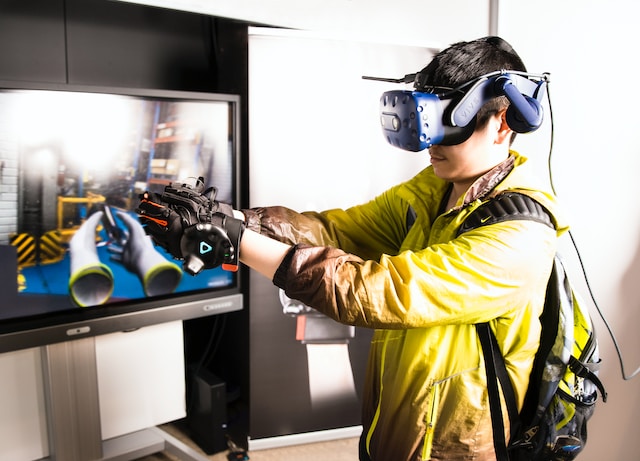There are a few critical reasons why VR training has taken off in the enterprise world. The ability to train multiple workers at once or in an asynchronous way makes VR training highly scalable and flexible. Most of all, VR training is more effective, in many ways, than traditional styles of workplace training.
Within a VR headset, learners have the opportunity to practice critical job skills without the risks that often accompany the learning curve. Making mistakes on the job can result in bad customer experiences, safety issues, and other business risks. But traditional types of learning don’t always download learning in a way that sticks.
With VR, learners are able to practice both hard and soft skills in a highly realistic virtual setting, so they effectively experience the “real job” without the associated risk of learning on the job. And the whole time, VR technology captures their behavior in various ways.
The latest advancements in real-time data analytics within VR training platforms make this an ideal way to train all kinds of employees and revolutionize training delivery and assessment for the enterprise.
How data enhances VR training experiences, and vice versa
The ability to capture data in real-time while the learner is in the experience sets VR apart from traditional training methods. That feedback can inform the user’s experience in the moment — for instance, if the user makes an incorrect choice, the software lets them know immediately, often giving them a chance to correct their action or rethink their decision. But VR training also offers up other advanced real-time data analytics that are extremely useful to learning and development (L&D) organizations.
VR software can typically capture various types of data:
- Usage data: Who is using the training, how often, and for how long
- Performance metrics: Whether the learner is performing and learning correctly
- User engagement: Attention data, a great indicator of future on-the-job performance
- Learning outcomes: How well the learner actually performs on the job, as a result
These various types of VR analytics create a few specific benefits.
VR data analysis enhances the learner experience
Live feedback can take various forms. One of them is the actual experience the learner has within the VR module. They make a mistake and immediately see, hear, and sometimes even feel the consequences of their actions.
As just one example, within a hazard spotting module, if the learner misses a clue they’re supposed to catch — say, an open bucket of paint in an unstable position on a shelf — they may have the memorable virtual experience of the paint falling and spilling all over the place.
Another example might be an in-headset quiz, where the learner is asked to make a choice then immediately notified if the choice is incorrect.
VR enables learners to give themselves feedback
With VR experiences recorded in the headset, the learner also gains the advantage of being able to “play back” their training and watch themselves perform the tasks, giving them immediate feedback on their skills and behaviors.
This is a particularly useful form of feedback in soft skills training, where the tone of voice, body language, and gestures are important in terms of customer service and diffusing difficult conversations.
Learners can repeat the VR experience multiple times, on demand, until they get it right. It’s through this sort of trial and error that the brain learns, rewiring itself until the “correct” answers are automatic. Ultimately, the learner comes away with new knowledge as well as a sense of accomplishment.

VR analytics help L&D organizations personalize learning paths
VR technology can also capture immediate feedback on where the learner is directing their attention. Things like heatmaps, which provide insight into where the learner is focused, impart detailed information about attention and engagement.
This data tells L&D leaders more about the learning experience than a standard test ever could. The learner’s decision-making process can be inferred from where they look, how they move, and what they react to within a module.
This is particularly important in terms of hazard spotting — a type of safety training in which the learner has to look in the right place to succeed. Combined with other user engagement data and performance metrics, organizations can then piece together the gaps in knowledge and the places learners stumble within training.
As AI advances, the ability to customize VR training on the fly will become more and more realistic, enabling individual learners to focus on the particular skills they personally need. By combining AI with Immersive Learning, L&D organizations can customize continuously better training modules to individuals according to how they specifically learn.
VR analytics accurately interpret the effectiveness of training
Because VR training is so good at data-gathering, L&D organizations can more accurately gauge whether their trainings actually makes an impact. VR learning is not cheap. Even off-the-shelf solutions require a moderate amount of investment. But the return on that investment can be astounding, and more importantly to business decision-makers, it can be proven with the types of data inherent to VR.
With this in mind, consider some of the success metrics Strivr customers have achieved with Immersive Learning, a particular strain of VR training that combines immersive experiences with advanced learning theory, data science, and spatial design.
- At AdventHealth, 84% of RNs who went through an Immersive Learning training module felt more prepared to handle procedural sedation, and 88% felt more confident about assessing patient conditions.
- At Sprouts, team members who underwent culture training were 16x more likely to remember all six of the company’s values.
- United Rentals was able to cut safety training time by 40% for outside sales reps working on dangerous construction sites.
These are just three examples of customers who have noted specific and measurable business benefits by using Immersive Learning.
Real time data analytics in learning
In the past decade, VR has gone from a fantastical gaming experience to a practical technology that lends itself well to learning in both educational and professional settings. The technology advancements that enable us to track what’s happening inside a VR experience in terms of clicks, eye movement, body movement, and more have helped hone in on more precise metrics over time.
While these data-gathering capabilities have been built into AI for a while now, new advancements are starting to hit the market. AI is a big one. AI will make predictive analytics more successful and will potentially bring down the cost of creating custom VR training modules by enabling the quick creation of content as well as personalized experiences.
Read on to learn more about the role of GenAI in Immersive Learning and VR training experiences.





